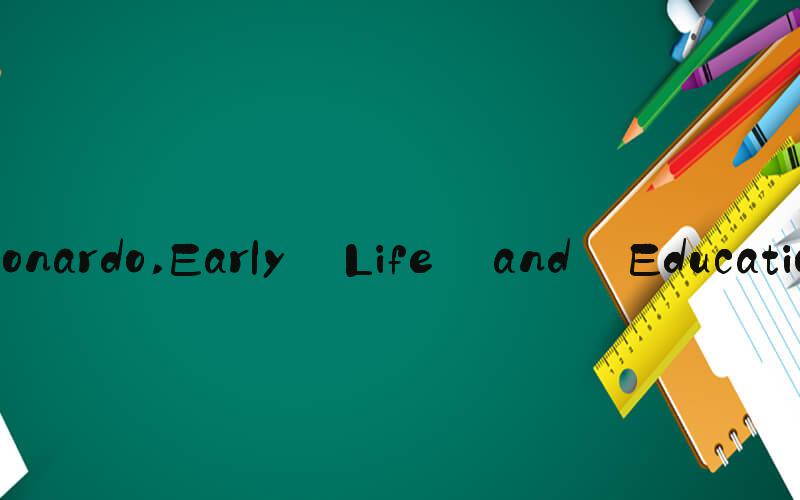AI答案
 Leonardo da Vinci: A Renaissance Man Ahead of His Time
Leonardo da Vinci: A Renaissance Man Ahead of His TimeLeonardo da Vinci, born on April 15, 1452, in Vinci, Italy, was a true Renaissance man who excelled in many fields. From painting to architecture to engineering, his accomplishments made him one of the most respected figures in history. He is known for his contributions to art, science, and technology that revolutionized the world.
Early Life and EducationLeonardo da Vinci was born illegitimately to Caterina, a peasant woman, and Ser Piero da Vinci, an influential notary in Florence. He grew up in his father's house but was acknowledged by his father only later in life. He received a limited formal education, which ended at age 15, but he was trained as an apprentice in art and engineering. His fascination with the natural world and human anatomy started at a young age and remained a lifelong passion.
The Art of LeonardoLeonardo da Vinci is best known as a painter and is regarded as one of the greatest artists of all time. His most famous works include the Mona Lisa and The Last Supper, which showcase his mastery of perspective, chiaroscuro, and composition. He also experimented with new techniques, such as sfumato, which blurred the lines between light and shadow to create a soft, dreamlike effect. His sketches and drawings are just as famous as his paintings, and he used them to explore his ideas about the world.
The Science of LeonardoLeonardo da Vinci was not only an artist but also a thinker and inventor. He had an insatiable curiosity about the world and studied it in detail. He made hundreds of drawings of flora and fauna, including detailed sketches of human anatomy. He was also an expert in optics, hydrodynamics, and mechanics. His inventions included the parachute, the helicopter, and the machine gun, although they were not built during his lifetime. His notebooks, which contain his scientific observations and ideas, are considered masterpieces in their own right.
Leonardo as an Engineer and ArchitectLeonardo da Vinci was a visionary when it came to engineering and architecture. He was employed by various patrons throughout his life, including the Medici family and the French king Francis I. He designed machines for war, irrigation, and transportation, including a flying machine that predated the airplane. He also designed buildings, such as the Church of Santa Maria degli Angeli in Florence, and urban plans for cities that were far ahead of their time.
Legacy and ImpactLeonardo da Vinci's legacy continues to inspire and influence people today. His works are displayed in museums all over the world, and his ideas are still studied by scientists and engineers. He is seen as a symbol of the Renaissance, a period of humanism, innovation, and cultural rebirth. He embodied the ideal of a "Renaissance man," someone who excels in many fields and strives for knowledge in all areas. His contributions to art, science, and technology have had a lasting impact on the world and will continue to do so for generations to come.
ConclusionLeonardo da Vinci's life and achievements were truly exceptional. He was a true genius who excelled in many fields and left an indelible mark on history. His art, science, and engineering works continue to inspire and awe people around the world. His legacy as a Renaissance man will endure for centuries to come, and his name will always be associated with innovation, creativity, and human curiosity.
